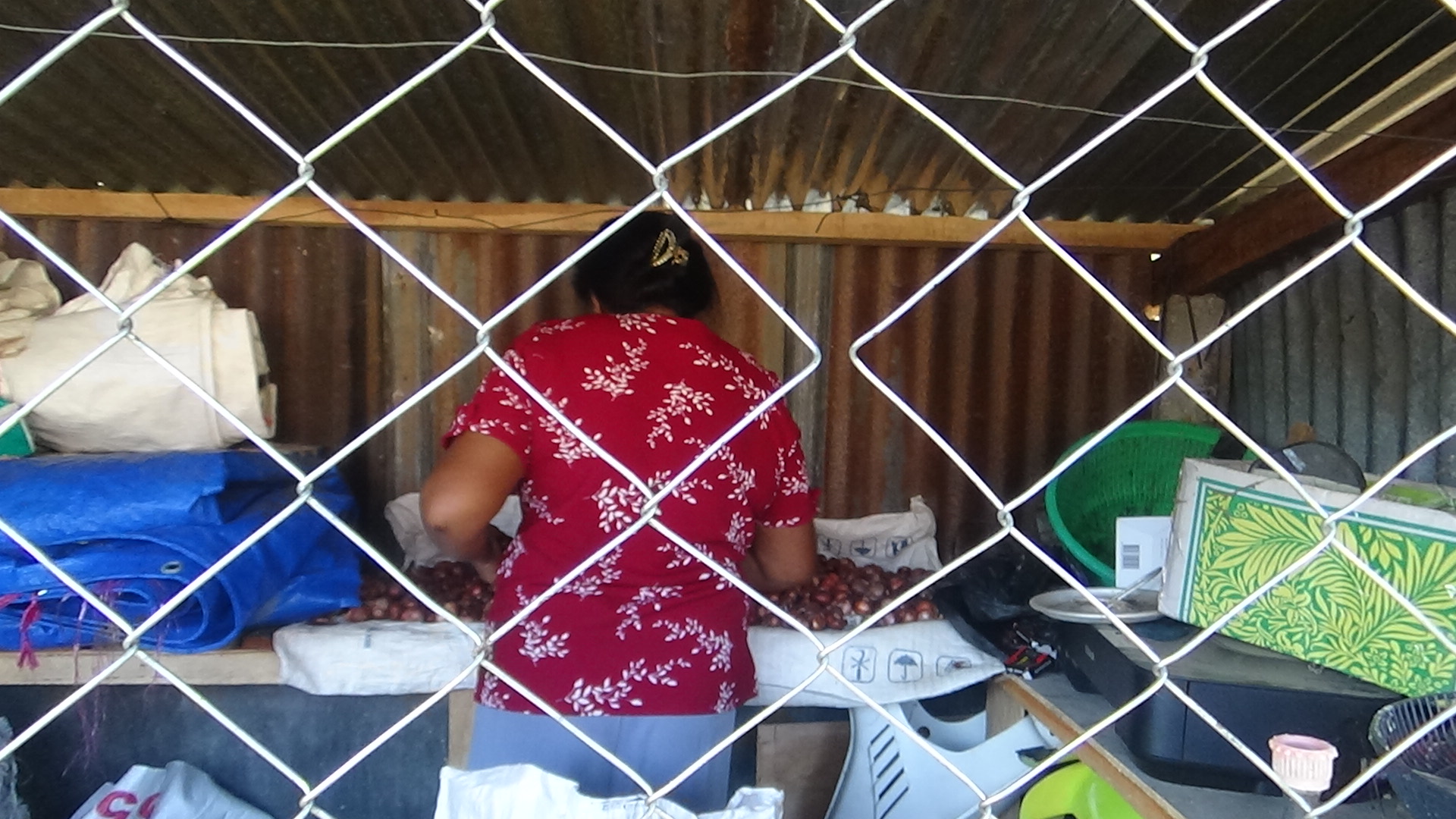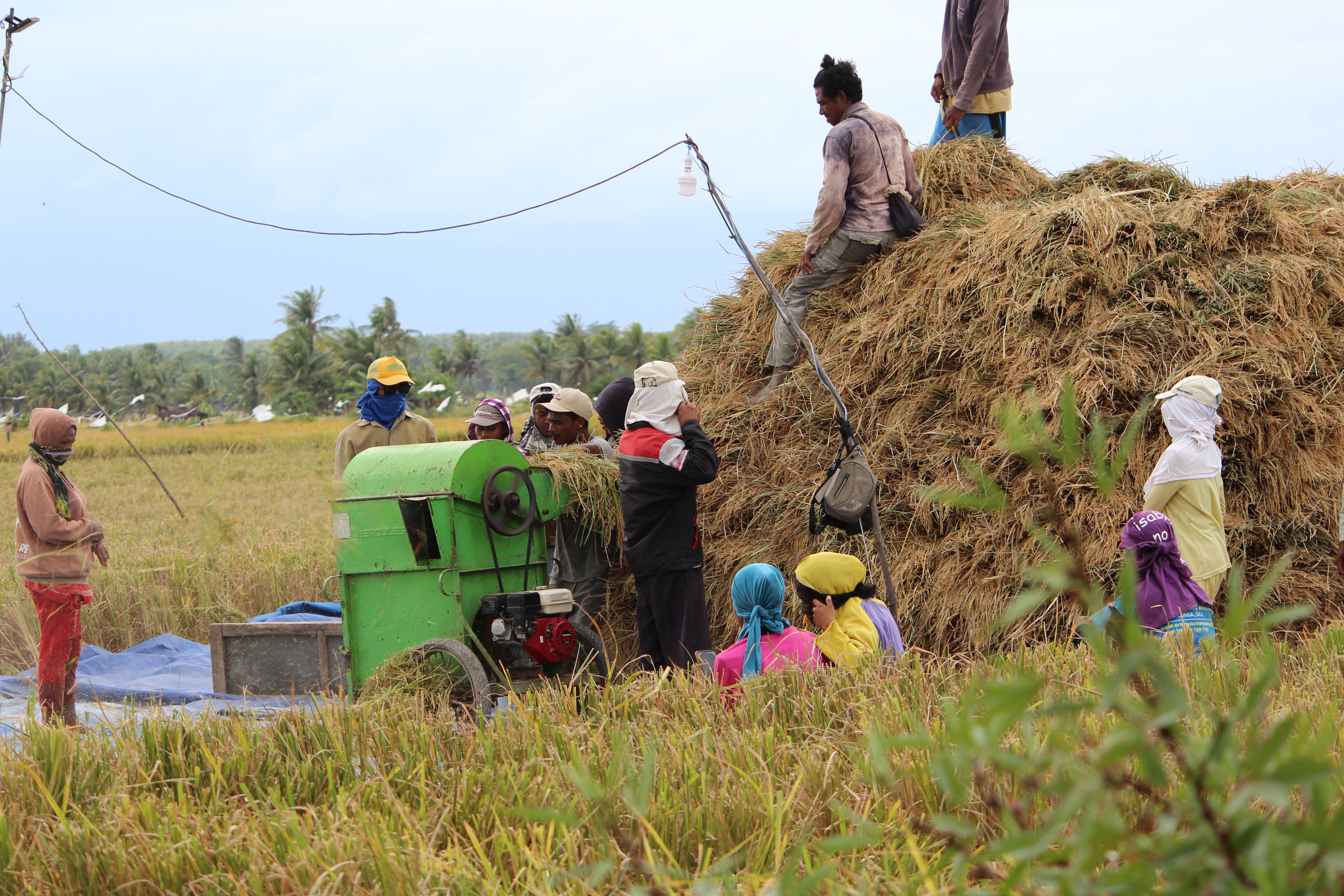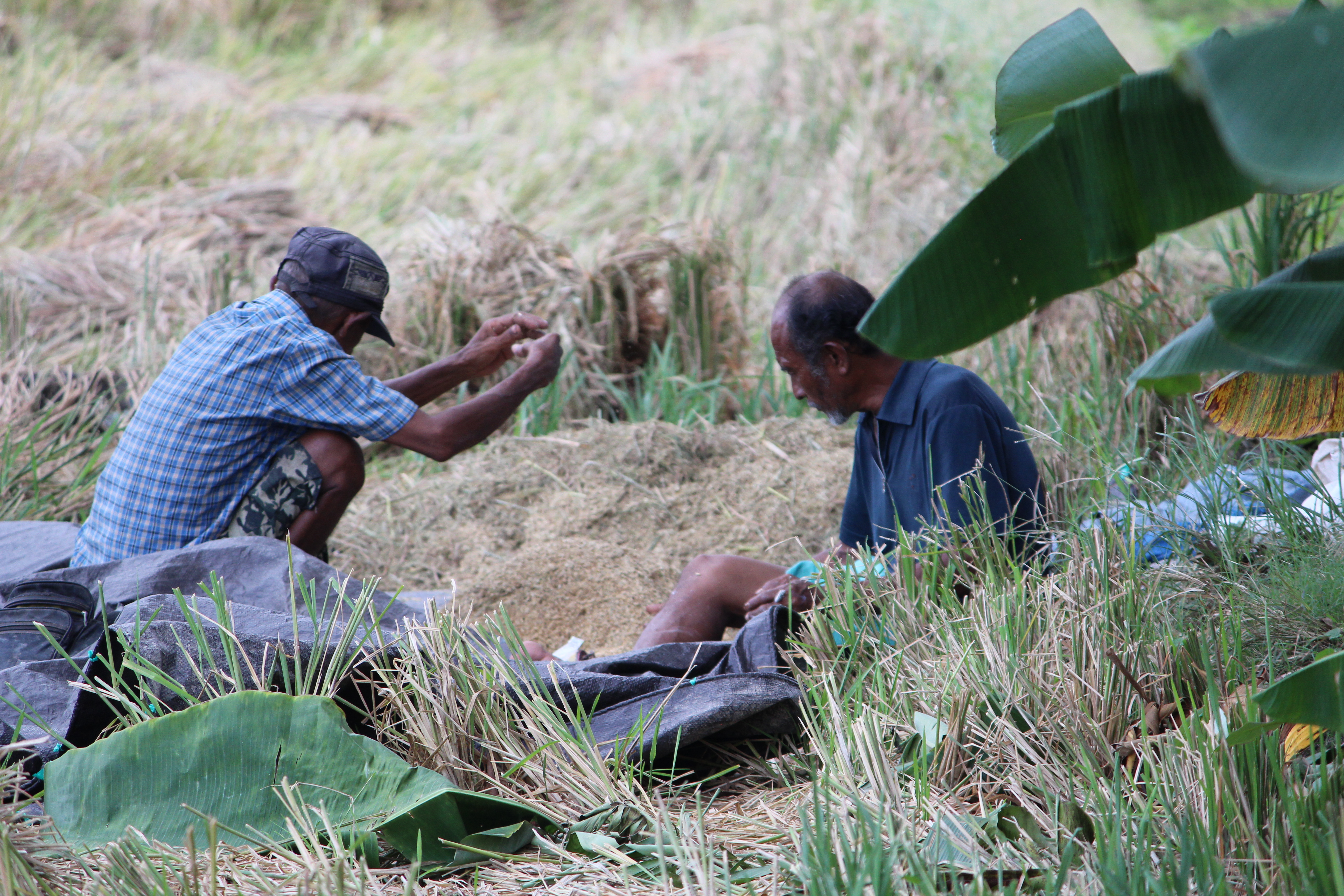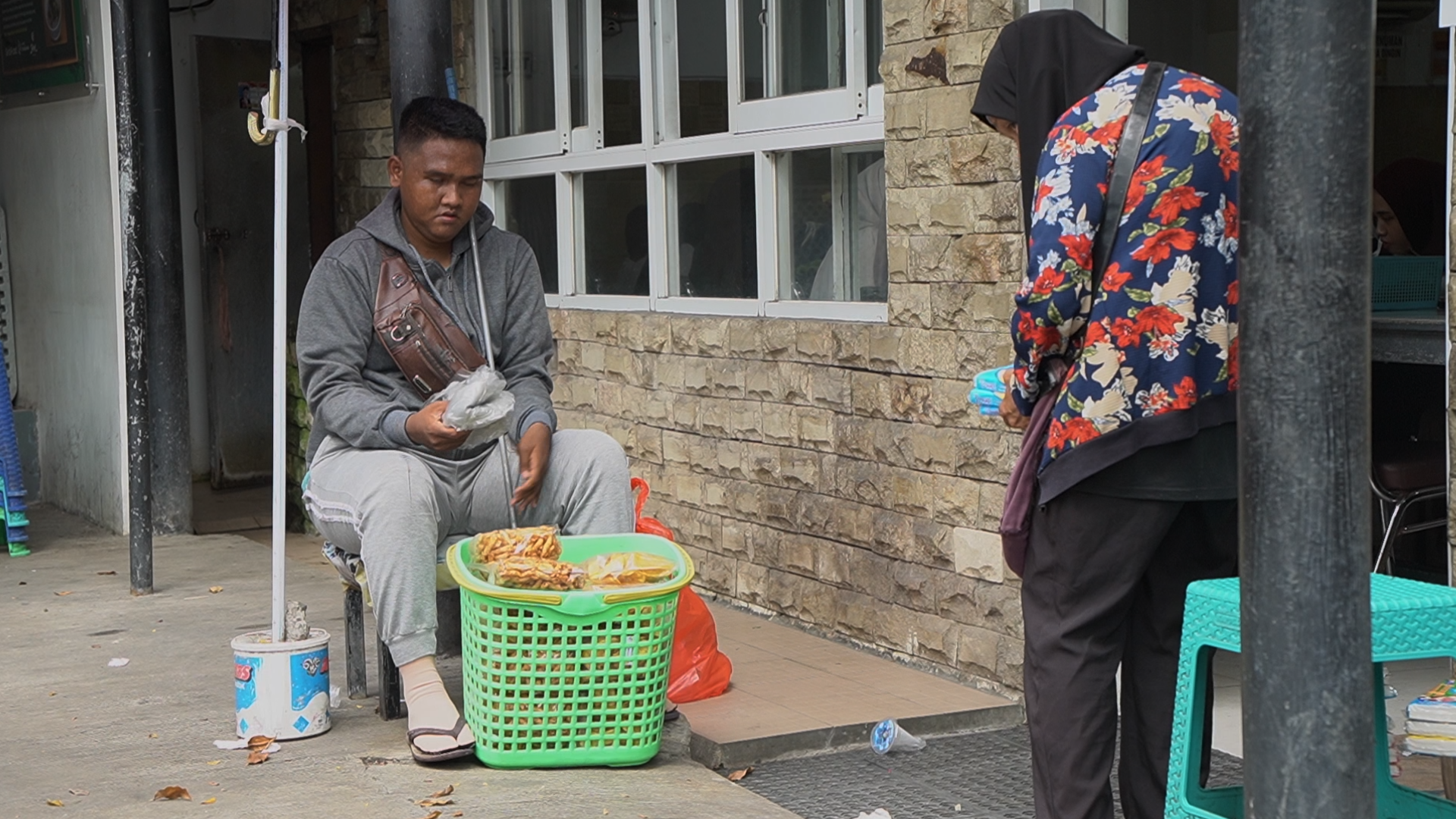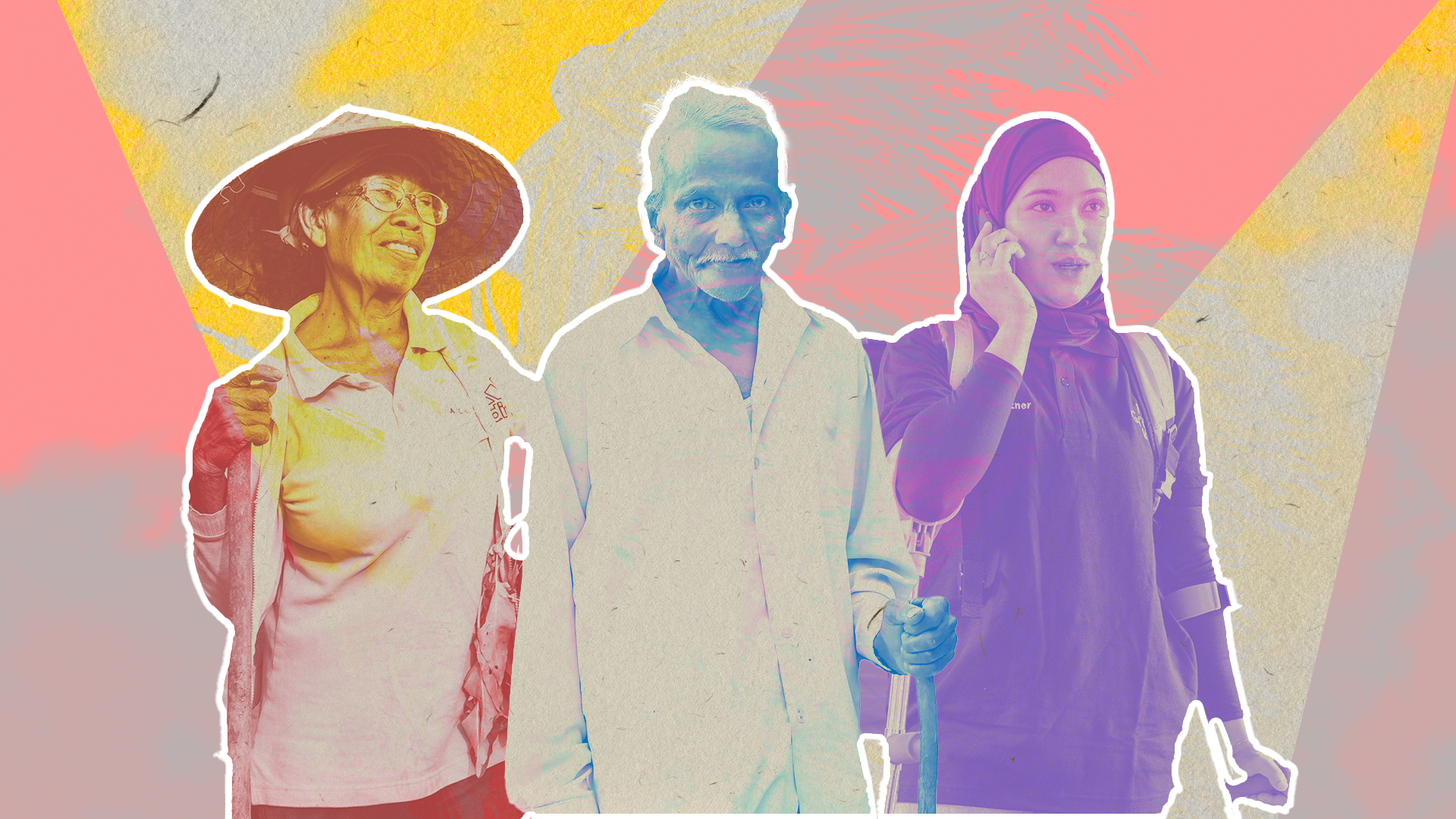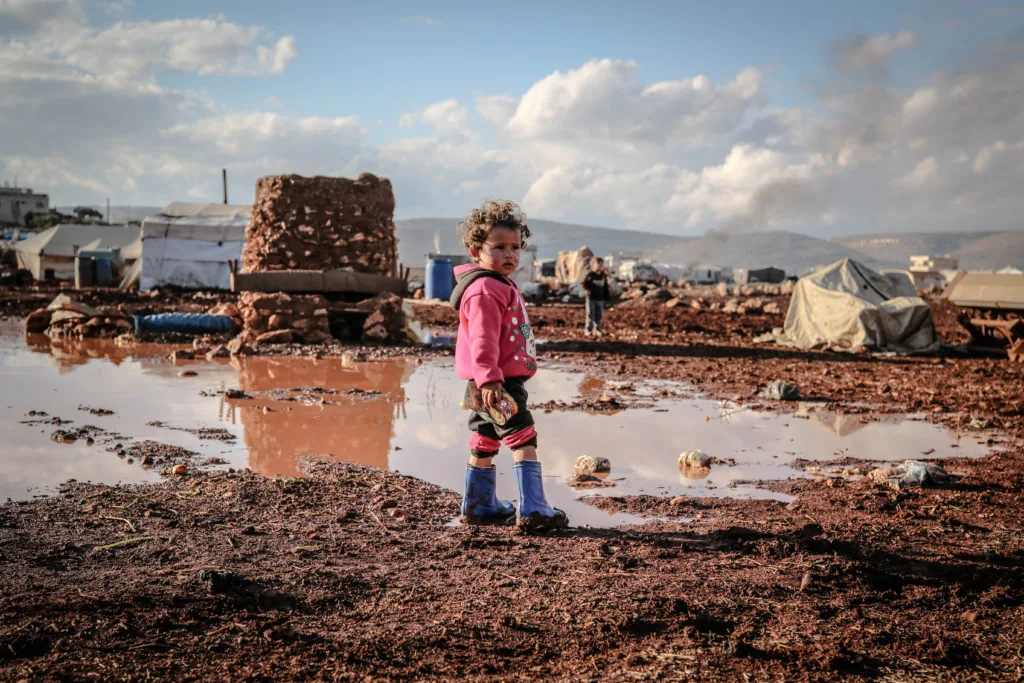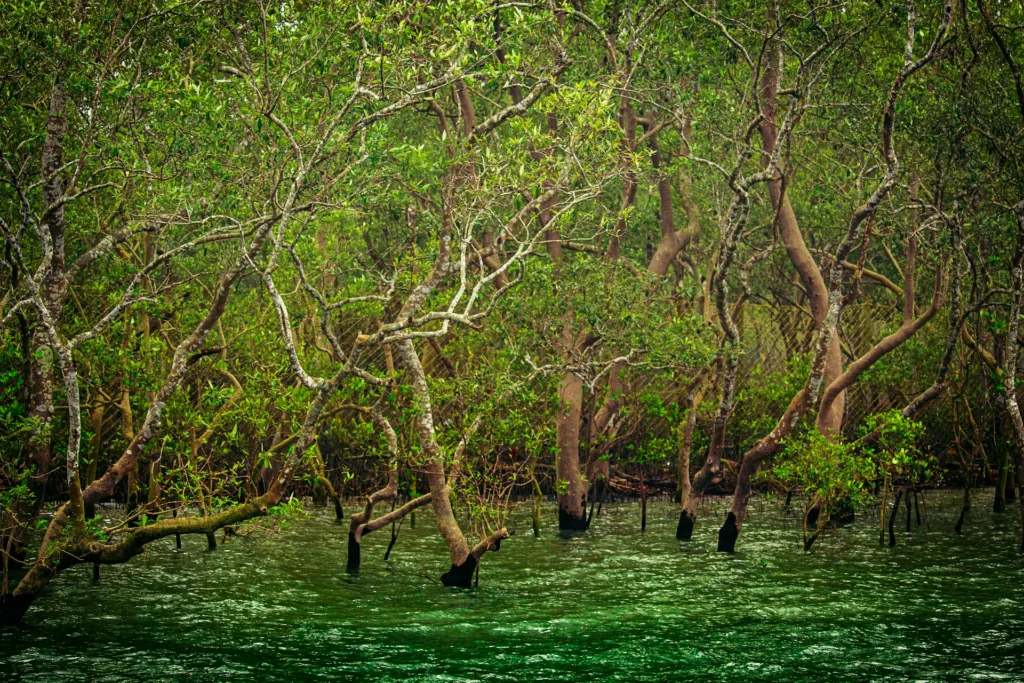Climate-resilient housing can help protect the most vulnerable Australians from the risks of climate change.
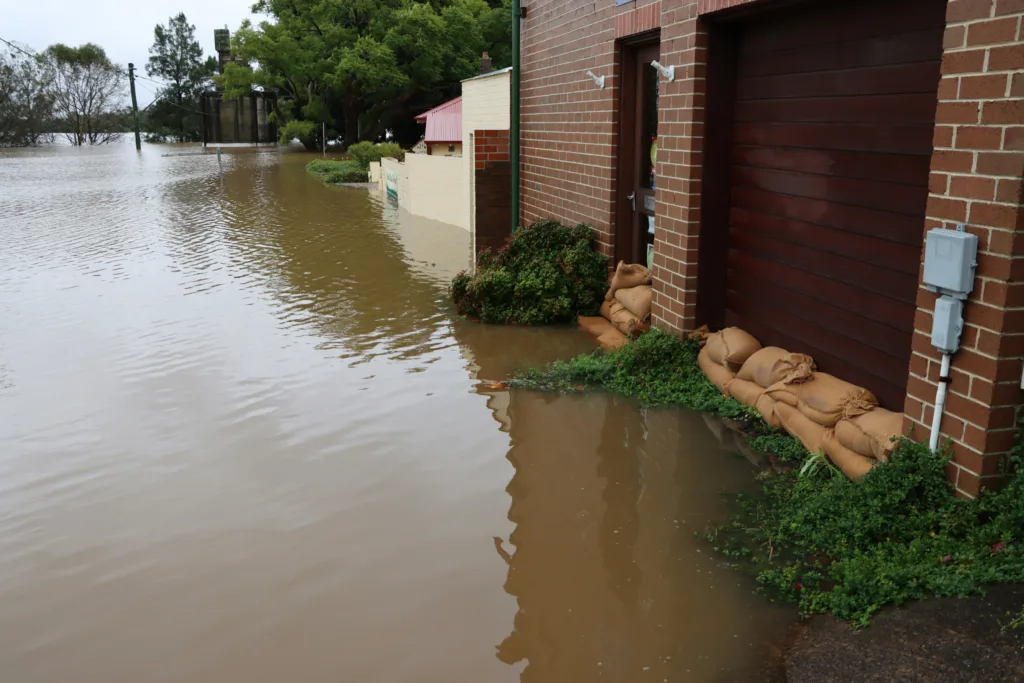 From flash flooding to bushfires: As weather extremes continue, climate-proofing Australian homes is only going to get more crucial. : Wes Warren, Unsplash Unsplash Licence
From flash flooding to bushfires: As weather extremes continue, climate-proofing Australian homes is only going to get more crucial. : Wes Warren, Unsplash Unsplash Licence
Climate-resilient housing can help protect the most vulnerable Australians from the risks of climate change.
From unseasonably early bushfires to flash floods, this Australian summer has already been characterised by clashing climate extremes. More unusual wet and hot weather is forecast for the next three months.
As residents look to pick up the pieces, the question everybody has to ask is: “How can I protect my family next time?”
Climate change is already driving more heat extremes and fire weather, and it’s expected that both drought and extreme rainfall will become worse — to say nothing of the downstream health impacts, like disease and air pollution.
Homes need to be more resilient to face this climate future.
We’ll need strategies to keep cool in the heat, as well as keeping out wild weather, wind, rain, insects and smoke. Materials should be able to withstand harsher conditions, help save energy and emit fewer greenhouse gases so that climate change doesn’t get worse.
Strategies to keep our homes cool in a warming climate need to be sensitive to the diversity of climates zones. For example, homes in mild temperate cities like Mildura and Melbourne may be protected from overheating through a combination of high levels of insulation in the building envelope and effective shading of windows.
Although heating and cooling needs are likely to change as the climate warms, they are also very different across Australia’s many different climate zones.
Draught-proofing will not only help keep the heat out in summer, but the improved air tightness can also reduce the occupants’ exposure to smoke pollution from grass and bush fires. Flyscreens may protect from insect-borne diseases while allowing windows to be opened for cooling during the night. In hot regions such as the Northern Territory, however, keeping cool at home will require highly efficient air-conditioning systems and access to renewable energy supply such as solar photovoltaic roof panels to minimise carbon emissions.
Adapting homes to climate change may also require changes in construction materials. Light coloured roofs and walls will reflect the sun and keep our homes cooler. ‘Green’ or vegetated roofs can lower the roof temperatures during hot days, reduce heat gain in our homes and cool their surroundings. Green roofs also absorb more water and can buffer the runoff during heavy rain events.
Other climate-resilient characteristics of materials and building elements include fire and mould resistance, water permeability and the durability of components when exposed to wind, corrosion and fungal growth. Site design can also help mitigate risks. Trees provide shade, evaporation from plants produces cooling, and drought resistant vegetation can reduce the urban heat island effect.
Clever landscaping can ensure water runs away from the house and does not pool to provide breeding ground for mosquitoes. Importantly, maintenance of house and garden will be key in reducing exposure over time. For example, clean gutters will ensure rainwater runoff during heavy rains and protect from flying embers during a bush fire. And vegetation around our homes needs to be controlled to ensure that the site’s bushfire risk does not increase with time.
Importantly, our responses to the challenges of climate change need to consider those who are most disadvantaged. Research using data from the Black Summer fires of 2019-2020 shows that bushfires hit hardest in the most disadvantaged areas — where residents can least afford to ‘bushfire-proof’ their homes — and that poor communities also take longer to ‘build back’ after fires. Separate research shows that in NSW, vulnerable and disadvantaged communities are more susceptible to floods, storms and other disasters.
Climate-proofing Australian homes must pay particular heed to the needs of vulnerable populations who cannot easily adapt their dwellings or access more resilient dwellings.
Tenants tend to live in homes with poorer thermal quality owner-occupied dwellings and have limited opportunities to retrofit their homes with insulation or flyscreens. Low-income households may need financial assistance to retrofit and maintain their homes. And special considerations need to be given to older Australians, people with chronic illnesses and young children who tend to be more susceptible to heat and the challenges of natural disasters.
Such concerns of equity and fairness are currently lacking in many low carbon housing policies and programs, even though Australia has committed to this moral obligation in the Paris Agreement. And the current housing and rental affordability crisis means that householders who are experiencing disadvantage and tenants have little power to move into homes that are better designed to withstand climate-related hazards.
Making our existing homes more resilient to climate change also requires industry readiness.
Construction trades and professionals need to be able to guide householders in their decision making, implement retrofit measures and be ready to respond quickly to calls for repair after storms and floods. Education and training is needed for the industry to adapt their construction practices, and new regulations may be needed to scale up the resilience of housing and enforce compliance.
The primary regulatory mechanism to ensure the health and safety of our homes is the National Construction Code. The code is updated every three years, with the latest version coming into effect on 1 May 2023. Even though the increased stringency of energy conservation clauses is likely to make our homes more climate resilient, the new code does not include explicit provisions to support climate change adaptation or to protect homes from overheating.
The new National Construction Code 2022 that mandates 7-star energy star ratings for new and renovated homes and apartments, will make homes more comfortable during heat-related power outages, but existing homes are not covered by the standard.
The UK is one of the first countries to have introduced regulations to prevent exposure to excessive heat in residential buildings. Since last year, for example, new home designs must show that, during sleeping hours, bedrooms will not be warmer than 26°C for more than 32 hours a year. The key to keeping cool are the windows — their orientation and shading must shut out the direct summer sun, and window types and placement must encourage natural ventilation.
To further future proof homes in Australia, the Australian Building Codes Board, which develops the National Construction Code, is collaborating with other countries and international bodies. The code already contains references to Australian Standards that respond directly to some climate change challenges such as building in bushfire prone and flood hazard areas.
These standards aim to reduce the impact of fire and floods on homes on susceptible sites, for example, by requiring fire and ember proof shutters outside of windows. However, these standards do not present a guarantee that the buildings will not be destroyed. Importantly, though, building codes provide guidance for new homes and mostly exclude provisions for the estimated 10 million existing homes. Existing homes in Australia tend to have a poor thermal performance even in current climate conditions, yet the urgency to retrofit homes for better energy efficiency and comfort is given little political attention.
Future proofing our homes is challenging. We can’t yet accurately predict the scale and effects of climate change or its impact on buildings and occupant health. In the short term, making our homes resilient to the impacts of changing weather patterns relies on voluntary actions by individual householders, cities and states.
We’re still learning how exposure and vulnerability in a changing climate can be reduced. Considering that our homes have an expected lifespan of a few decades, we can test their performance using potential warmer and more extreme future weather scenarios and adapt their design to improve passive survivability in the hope of saving costs in retrofitting later.
In the long term, though, the resilience of our homes and the mitigation of housing-related social and health inequalities will increasingly be determined by the extent to which housing and urban planning regulations are reformed to tackle climate change and protect those experiencing vulnerabilities. As heat waves increase in frequency, along with the risk of bushfires, future proofing our homes can’t come soon enough.
This article has been updated with new information and republished as part of a package on Climate Resilience and Disadvantage. It originally appeared on 13 March 2023.
Originally published under Creative Commons by 360info™.
Editors Note: In the story “Climate resilience” sent at: 29/01/2024 06:00.
This is a corrected repeat.



